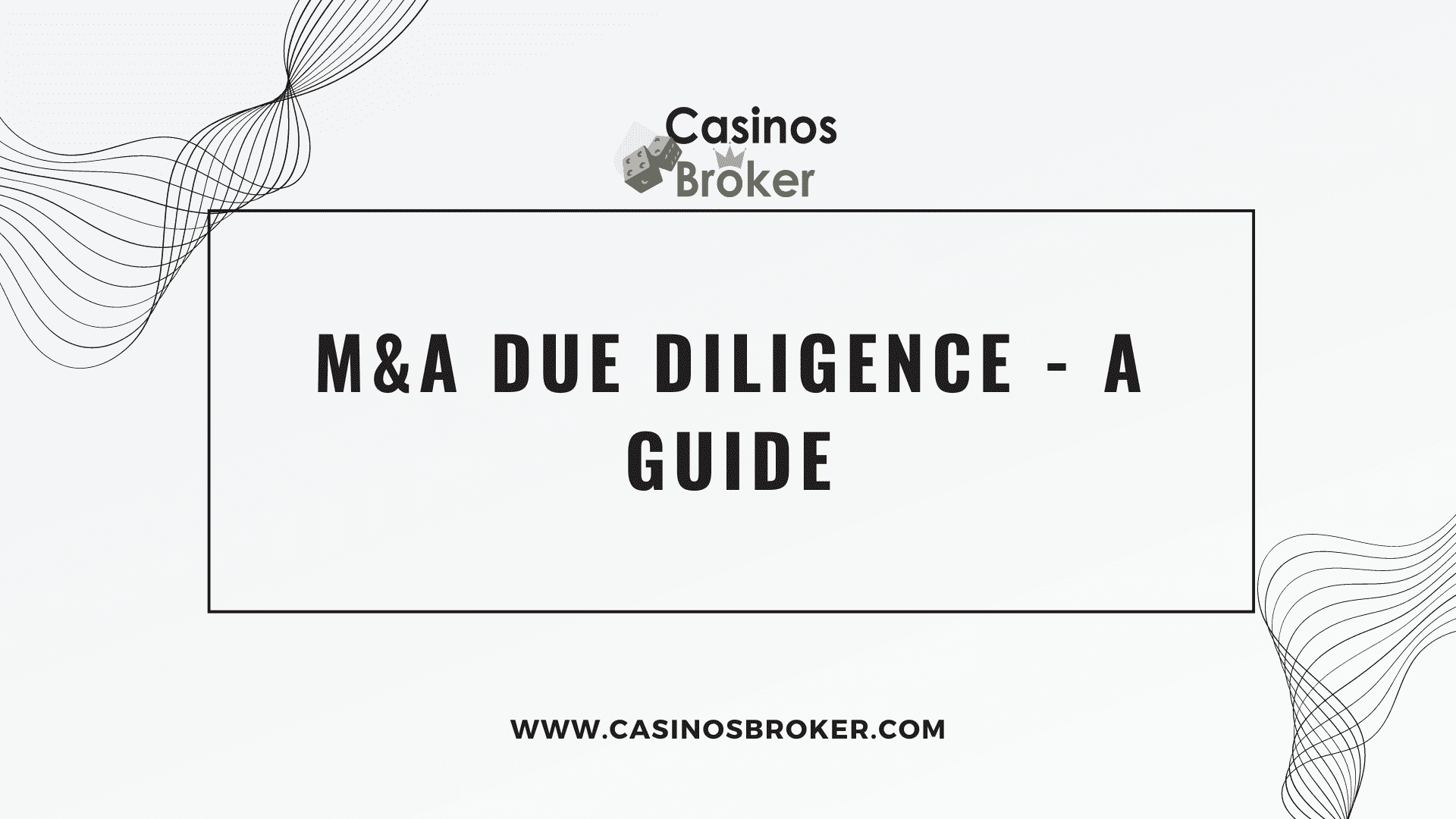In 2001, America Online (AOL), a leading internet service provider, merged with Time Warner, a prominent media company, to create AOL Time Warner, Inc. This historic merger boasted a combined value of around $360 billion, making it the largest merger in history at that time.
However, the merger encountered significant challenges swiftly. One key issue was the oversight during the due diligence process, which failed to thoroughly examine the fundamental disparities between AOL’s internet-focused business model and Time Warner’s traditional media operations. Many attribute the deal’s downfall to a cultural clash between the two merged entities, representing old media versus new media.
The failure of the AOL-Time Warner merger underscores the critical importance of comprehensive due diligence. Inadequate assessment of operational, cultural, and industry-specific factors can result in substantial setbacks and financial losses. Consequently, in 2009, the companies opted to separate, acknowledging that the anticipated synergy had not materialized.
Thorough due diligence performed at crucial stages in the M&A process ensures optimal preparation for effective company acquisitions or mergers.
Understanding Due Diligence:
In the context of mergers and acquisitions, due diligence refers to the meticulous investigation and analysis that a business conducts before entering into an agreement.
Decision-makers, keen on grasping the bigger picture, rely on the due diligence team to ensure the overall robustness of the venture. Those conducting due diligence painstakingly scrutinize each aspect to ensure its strength, akin to inspecting the health of individual trees in a forest to ascertain the forest’s vitality. This meticulous process enables decision-makers to demonstrate to stakeholders the solidity of the proposed deal.
Due diligence serves as a critical tool for uncovering hidden risks and dormant opportunities. Experts delve into complex contracts, historical data, and market dynamics to steer the acquiring company away from potential pitfalls while embracing avenues for growth. A comprehensive due diligence procedure may involve investigating various facets of a company, including assets and liabilities, existing and potential legal issues, client agreements, warranties, compensation packages, and employment terms.
Navigating the M&A Terrain:
Mergers and acquisitions resemble a complex chessboard, where multiple entities strategically maneuver to shape deal outcomes. Imagine buyers and sellers as chess pieces engaged in an intricate game, each move crafted to secure a favorable position. Investors, akin to discerning knights, meticulously traverse the board, seeking prized opportunities amidst the varied terrain. Legal representatives, acting as rooks, vigilantly guard each move with an arsenal of clauses and agreements, while regulatory overseers, embodied as bishops, ensure fair play and adherence to compliance.
Meanwhile, due diligence professionals advance methodically like pawns, covering ground and paving the way for executive decision-makers, the kings and queens, to finalize the deal. This metaphorical chessboard underscores the diverse stakeholders and complexities involved in M&A transactions. Hence, thorough due diligence at pertinent stages is essential for maximizing the chances of success.
The Significance of Due Diligence:
Due diligence serves as a crucial safeguard for both buyers and sellers. For buyers, it minimizes risks, identifies synergies among personnel and products, ensures accurate company valuation, and demonstrates responsible stewardship to stakeholders.
For sellers, due diligence reveals the actual market value of their company and helps founders set realistic price expectations. Moreover, it offers valuable insights into potential buyers, their financial standing, and reputations. For instance, scrutiny of Environmental, Social, and Governance (ESG) credentials can impact valuations and access to financing, potentially leading to renegotiations based on emerging information.
Duration of Due Diligence:
The timeline for due diligence processes hinges on various factors, notably the sizes of the involved companies. Typically, a timeframe of 1-2 months may be agreed upon for small or medium-sized transactions.
Several factors influence the duration of effective due diligence:
- Availability of Information: The ease and speed of accessing necessary documents and data from the target company significantly affect the timeline.
- Responsiveness: The timely provision of requested information and documents by both parties expedites or prolongs the process.
- Communication Channels: Clear and effective communication channels among involved parties and due diligence team members are vital for a smooth and efficient process.
- Involvement of Specialists: The expertise and availability of specialists, such as legal, financial, and technical experts, influence the speed and thoroughness of the due diligence process.
- Industry Complexity: Industries with intricate regulatory requirements or unique operational aspects may necessitate more time for analysis and evaluation.
- Data Quality: The completeness and accuracy of data provided by the target company impact verification and analysis timelines.
- Geographical Factors: Multiple locations or operations in different regions may necessitate additional time for coordination and information gathering.
- Legal and Regulatory Compliance: Ensuring compliance with legal and regulatory requirements may extend the due diligence process, particularly in highly regulated sectors.
- Deal Structure: Complex negotiations and deal structures may prolong the due diligence timeline, especially if disputes arise.
- Confidentiality Considerations: Sensitivity to confidentiality and data security may require additional precautions, slowing down information sharing.
Types of Due Diligence:
Due diligence consultants specialize in various types of due diligence work, providing impartial perspectives essential for identifying overlooked or underestimated factors.
Financial Due Diligence:
- This involves a meticulous examination of the target company’s financial health, ensuring accuracy and completeness in financial information provided. It aids in assessing assets, liabilities, cash flows, and profitability, facilitating informed decision-making and future financial planning.
Operational Due Diligence:
- Scrutinizing the target company’s day-to-day operations helps identify inefficiencies, risks, and potential improvements. This evaluation guides integration planning and immediate action to optimize performance.
Legal Due Diligence:
- Delving into legal affairs, including contracts, litigation, and regulatory compliance, helps identify potential legal liabilities or disputes that may impact transaction value or pose post-acquisition risks.
Commercial Due Diligence:
- Assessing market positioning, trends, competition, and growth opportunities enables buyers to understand the market landscape and strategize effectively post-acquisition.
Technical Due Diligence:
- Evaluating technology infrastructure, products, and services uncovers technical challenges, intellectual property issues, or innovations that may affect the transaction.
ESG Due Diligence:
- Assessing environmental, social, and governance practices helps understand sustainability risks, ethical considerations, and potential reputational issues.
HR/Cultural Due Diligence:
- Examining workforce, organizational culture, and human resource practices aids in assessing cultural compatibility, talent retention strategies, and integration challenges.
Tax Due Diligence:
- Investigating tax liabilities, compliance, and potential issues ensures awareness of tax-related risks and opportunities, impacting financial structure and long-term planning.
These types of due diligence serve distinct roles in evaluating key elements of an M&A transaction, collectively aiding informed decision-making, risk mitigation, and opportunity identification.
Pitfalls to Avoid:
Common errors in due diligence processes can impede even seasoned professionals. Avoiding these pitfalls requires careful consideration and proactive measures:
- Clear Goal Definition: Ensure clarity regarding objectives, scope, budget, and expected outcomes upfront to align all parties involved.
- Preparedness: Adequate preparation, including having the right people, tools, and resources, is essential for a smooth process.
- Guard Against Bias: Seek impartial perspectives to mitigate confirmation bias and ensure critical details are not overlooked.
- Integration Planning: Plan for post-deal integration to avoid inefficiencies and breakdowns in the merger process.
- Ethical Considerations: Address ethical concerns, particularly regarding ESG credentials, to prevent reputational issues and legal complications.
Meticulous planning, resources, unbiased assessments, integration strategies, and ethical scrutiny are paramount in M&A due diligence, enhancing the likelihood of a successful deal.
Key Due Diligence Phases:
The due diligence process comprises key stages, serving as a roadmap for a thorough assessment of the target company. While these stages may occur concurrently, effective communication is vital to ensure comprehensive examination and informed decision-making to mitigate potential risks.
Letter of Intent:
- The process begins with a formal declaration of interest in the acquisition, outlining the terms under consideration.
Financial Evaluation:
- Deep diving into the target company’s financial health provides insights into ongoing contracts, commitments, and insurance policies, offering a comprehensive financial perspective.
Technology Assessment:
- Evaluating intellectual property, technology infrastructure, and cybersecurity measures ensures understanding and mitigation of technological risks.
Customer Base Analysis:
- Assessing existing customer relationships, satisfaction levels, and retention rates provides insights into future revenue prospects.
Strategic and Cultural Fit:
- Evaluating alignment and compatibility between acquiring and target companies facilitates smoother integration and synergy realization.
Purchase Agreement Drafting:
- As due diligence progresses positively, drafting the purchase agreement outlines the acquisition’s terms and conditions.
Legal Proceedings Review:
- Reviewing ongoing or potential legal proceedings helps assess legal risks and liabilities impacting the transaction.
Regulatory Compliance Check:
- Ensuring compliance with relevant regulations mitigates regulatory risks and ensures adherence to industry standards.
Management and Governance Assessment:
- Evaluating management practices and governance structure provides insights into leadership capabilities and operational efficiency.
Reviews:
- Regular reviews of due diligence findings accommodate adjustments based on changing company or market conditions during deal progression.
Due Diligence Checklist:
- A comprehensive checklist covering financial, legal, operational, human resources, environmental, and regulatory aspects ensures a thorough due diligence process, enhancing the likelihood of deal success.
Conclusion:
While each due diligence process is unique, employing the outlined framework ensures thorough preparation for potential transactions’ success. Leveraging due diligence consultants can further enhance the process, providing specialized expertise and impartial assessments essential for informed decision-making.
Here is a professional FAQ section designed for an audience of executives and investors, complementing the detailed guide on Due Diligence.
Frequently Asked Questions (FAQ) on M&A Due Diligence
1. Why did the AOL-Time Warner merger fail despite being the “largest in history”?
It failed primarily due to a lack of Cultural and Operational Due Diligence. While the financials might have looked impressive on paper, the due diligence process failed to identify that AOL’s aggressive, new-media culture was incompatible with Time Warner’s conservative, traditional structure. Furthermore, the operational assessment missed the fact that the “Dot Com Bubble” was bursting, which meant AOL’s inflated stock value—used to pay for the deal—was unstable. This highlights why looking beyond the balance sheet is critical.
2. Is it possible to perform Due Diligence without a dedicated external team?
Technically yes, but it is highly risky. Internal teams often suffer from “Deal Fever” (Confirmation Bias)—they want the deal to happen so badly that they subconsciously overlook red flags. External consultants provide an unbiased “Commercial Due Diligence” perspective. They don’t care if the deal closes; they only care about the facts. For complex transactions involving IP or cross-border tax liabilities, specialized external counsel is practically mandatory to avoid post-close litigation.
3. How does “ESG Due Diligence” actually affect the final sale price?
It acts as a risk multiplier. If a target company has poor environmental practices or weak governance (e.g., lack of diversity, shadowy board structures), it poses a reputational risk to the buyer. Modern lenders and private equity firms may refuse to finance a deal that lowers their own ESG score. Consequently, discovering ESG violations during diligence often leads to a “price chip” (lowering the offer) or a requirement for the seller to indemnify the buyer against future regulatory fines.
4. What happens if we find a “Skeleton in the Closet” during the Legal Proceedings Review?
It depends on the severity. If you discover undisclosed litigation or a looming regulatory fine, you generally have three options:
-
Walk Away: If the risk is existential (e.g., fraud), kill the deal.
-
Price Adjustment: Lower the purchase price to account for the potential loss.
-
Specific Indemnity: Force the seller to set aside funds (in Escrow) specifically to pay for that potential legal cost, so it doesn’t impact your future cash flow.
5. Why is “Customer Base Analysis” distinct from general Financial Due Diligence?
Financial diligence looks at past revenue; Customer diligence looks at future reliability. A company might have $10M in revenue, but if Customer Analysis reveals that 80% of that comes from two clients who are about to cancel their contracts, the business is worth significantly less than the financial statements suggest. This phase validates the quality of revenue, focusing on churn rates, customer concentration, and contract longevity.





